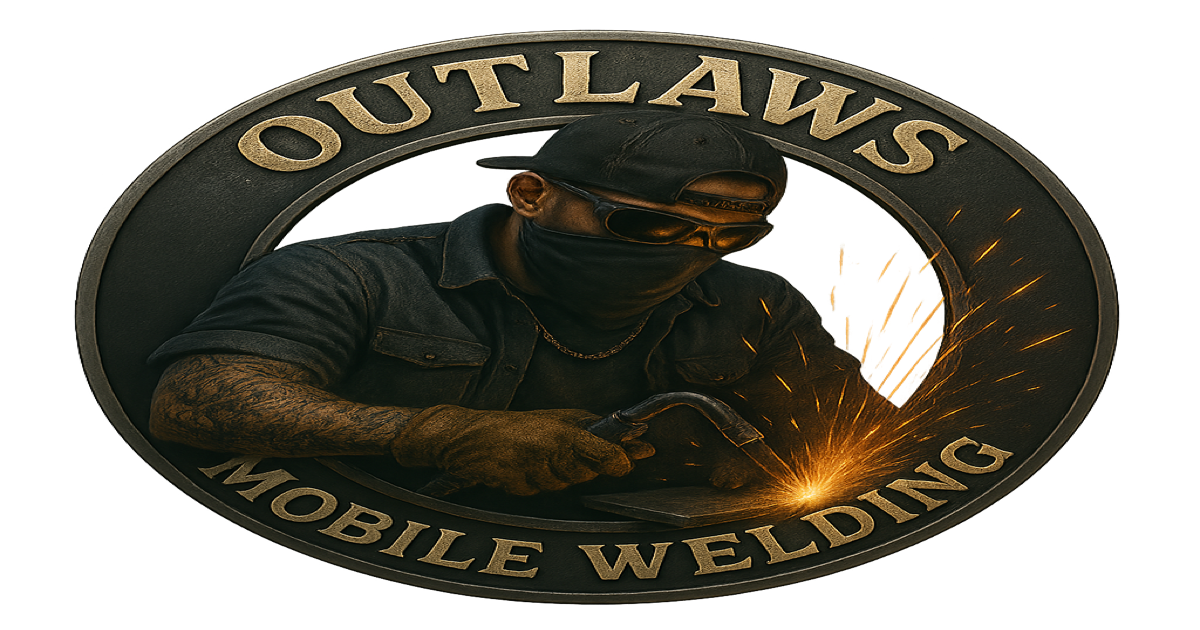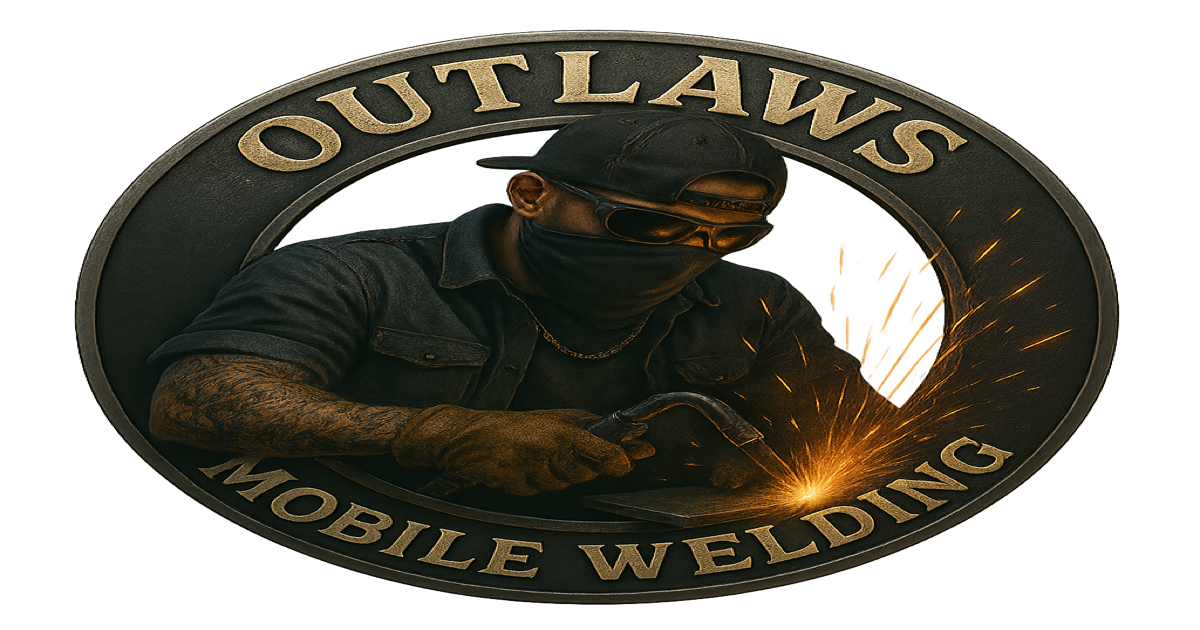Testing Weld Integrity: What Every Saskatchewan Welder Needs to Know
Ensuring the integrity of your welds is paramount for safety, compliance, and professional reputation. In Saskatchewan's demanding industrial environment—from oil fields to agricultural equipment—weld failures can have serious consequences. This guide covers essential non-destructive testing (NDT) methods every welder should understand.
Visual Inspection: The First Line of Defense
Visual inspection remains the most common and cost-effective testing method. A trained eye can identify many defects before more sophisticated testing is necessary. Look for:
- Cracks: Linear discontinuities that can propagate under stress
- Porosity: Gas pockets appearing as small holes on the weld surface
- Undercut: Grooves along the weld toe that reduce cross-sectional strength
- Incomplete Penetration: Insufficient fusion at the weld root
- Overlap: Weld metal extending beyond the joint without proper fusion
Use proper lighting, magnification when needed, and welding gauges to measure throat thickness, leg length, and reinforcement. Document your findings thoroughly.
Dye Penetrant Testing
Dye penetrant testing (PT) reveals surface-breaking defects invisible to the naked eye. The process involves:
- Cleaning the weld surface thoroughly
- Applying bright dye penetrant that seeps into surface cracks
- Removing excess penetrant
- Applying developer that draws the dye out, making defects visible
This method works on any non-porous material and is particularly useful for aluminum and stainless steel welds common in Saskatchewan's food processing and manufacturing industries.
Magnetic Particle Testing
Magnetic particle testing (MT) detects surface and near-surface defects in ferromagnetic materials like carbon steel. When a magnetic field is applied, iron particles cluster at discontinuities, revealing defects. This method is widely used for structural steel inspection in construction and heavy equipment repair.
Ultrasonic Testing
Ultrasonic testing (UT) uses high-frequency sound waves to detect internal flaws. A transducer sends sound waves through the material; reflections from defects are interpreted to determine their size and location. UT is required for pressure vessel certification in Saskatchewan and is crucial for pipeline welding inspection.
Radiographic Testing
Radiographic testing (RT) uses X-rays or gamma rays to create images of weld interiors, revealing internal defects like porosity, inclusions, and lack of fusion. While expensive and requiring safety precautions, RT provides permanent records and is mandated for many critical applications in oil and gas infrastructure.
Practical Application in Mobile Welding
As a mobile welder, carrying all testing equipment isn't practical. Focus on mastering visual inspection and investing in basic PT kits for on-site verification. Build relationships with certified NDT technicians for jobs requiring advanced testing. Always follow client specifications and code requirements—CWB, ASME, or AWS standards may dictate specific testing protocols.
Remember: your reputation depends on the integrity of your work. When in doubt, test. A failed weld discovered through testing is better than a catastrophic failure in service.

